Packing for a ski trip the right way is the key to getting the most out of your ski vacation. Having the right list of gear is definitely not rocket science, but there are a few tips and tricks you should keep in mind to make prepping easier. I’ve packed for my fair share of trips while running Renoun Skis, and have learned a thing or two along the way. Here’s what I’ve learned over the years:
1. Get A Good Ski Bag

You don’t need to get one of those hard-cased ski carriers unless you’re Lindsey Vonn. Instead, my go-to is the Db™, hands down. It's rugged, rolls well, and adjusts the length to match your skis so you never have a sagging ski bag ever again. I recommend against bringing more than 2 skis/per person — I only bring 1 pair for any trip, no matter the location (if it nukes while you’re out there, just rent!). Put your skis + all your outerwear in the bag being mindful to pack it so the ski edges won’t cut anything.
For all your normal clothing, I absolutely love this bag from Burton. It holds plenty for a 1 trip, and it opens like a book so you don’t have to dig nearly as much to get to your stuff. For shorter trips (5 days or less), I leave the Burton roller bag at home and swap it for a 35L backpack from Dakine.
Pro Tip: Don’t pack your helmet in the bag — it’ll get crushed!
2. Always Carry Your Ski Boots

If the airlines lose your ski boots, you’re SOL. Rental boots are no fun to ski in and you’ll likely have painful feet for the entirety of your trip. The rest of your gear is far easier to replace. If you can’t carry them, at least separate them from your skis so you won’t lose everything if something goes wrong.
Pro Tip: Carrying your boots also saves on your checked bag weight and doesn’t count as an additional ‘carry-on’ if you strap them to your backpack.
3. Pack Your Helmet Properly
If you don’t, it may get crushed and you won’t even know it until it’s too late — no point in taking any risks. If you can, clip it to a backpack. If not, make sure it’s well-padded (especially on the inside!) in your clothing bag so it won’t be crushed or dented.
Pro tip: Some helmet manufacturers make padded helmet cases for travel. Worth the investment!
4. Pack Very Few ‘Normal’ Clothes
Unless you plan on really getting into the Aprés ski vibe (which is a whole different story), you don’t need much in terms of clothing off the hill — your ski gear will take up most of the sweat and stink so it takes the pressure off needing too many extra changes. A couple of shirts, 2 pairs of pants, a warm hat, and pair of good boots will do just fine. This obviously depends on the length of your trip!
5. Pack Extra Underwear & Socks
They weigh almost nothing and can easily be stuffed inside your ski boots. I pack 1 pair of underwear for each day I’m traveling + 1 in case I crap my pants — seriously. You never know when you’re going to take a tumble and get the sh*t knocked out of you. The same goes for socks, except there’s no need for an extra pair with these (unless you're really gonna send it). DarnTough makes the best ski socks and they have a lifetime warranty so you’ll never have to buy more ever again.
Pro Tip: Don’t put your ski socks on until you put your ski boots on — sweat & oils on your feet develop on the way to the hill causing your feet to get cold. Don’t get cold feet!
6. Buy Good Goggles
Foggy goggles or poor visibility are the absolute worst when skiing. A good pair of goggles is the most important thing in my kit — more important than good skis. Invest in a pair, it’s worth it.
Pro Tip: Never, ever, wipe goggles on the inside. It kills their anti-fog coating and you’ll never get it back. If you get snow/moisture in there, swap out to a backup lens or head inside and wait until they air dry. Most bathrooms have air driers now and those are the best option.
7. How to Layer
This is how I do it: I have a base layer (never cotton!), light fleece, puffy, and windproof/waterproof shell. Here’s how I layer them:
Tier 1: Base Layer + Shell = Very Warm Days (think almost spring skiing)
Tier 2: Base Layer + Fleece + Shell = Warm Days
Tier 3: Base Layer + Puffy + Shell = Normal Days
Tier 4: Base Layer + Fleece + Puffy + Shell = Cold AF days. (If it’s below 0º, then I toss on a second base layer. If you run cold, add an extra base layer for all these as well.
That’s it!! Layering properly means you’ll stay warm and dry no matter the temps outside. Most people over-layer which leads to sweating. When sweat cools, you’ll get freezing—avoid sweating!
Pro Tip: When buying a shell, almost anything these days will be waterproof and windproof (even something from Costco). What you’re really paying for is the breathability of the jacket—how much body moisture & sweat it’ll release. Unless you’re really trekking out of bounds, you don’t need to buy a $600 jacket. Something in the $200-400 range will do just fine.
8. Backup Gear
I always toss this gear in my ski bag just in case. It doesn’t take up much space and it’s worth its weight in gold if you ever have to use it:
- Headlamp
- Toe & hand warmers I’d rather a warm wimp than a cold tough guy
- Emergency energy—toss 2 bars in your jacket and forget about them until you really need them
- Cash—I always stick $20 in a zipper pocket of my pants (ok, maybe $40 with inflation these days). You never know when you'll need emergency cash for a lift, or a slope-side beer
- Chapstick—no-one likes chapped lips and western air can be brutal on us East Coasters vacationing.
- Sunscreen—yes, the sun burns in the winter too
- Warm hat
- Sunglasses
- Water bottle—Stay hydrated! Especially at high elevations.
9. List of My Ski Gear (what I wear on the hill)
- Shell jacket (Orage)
- Puffy (North Face)
- Fleece (Patagonia R1)
- Base layer (doesn't need to be fancy, just don't wear cotton — duh)
- Helmet (SMITH)
- Goggles (Anon)
- Buff/Neckwarmer (my cheeks get cold)
- Gloves/Mittens — no need to get a spendy pair, gloves in the $100 range are excellent
- Sweatpants/yoga pants (for under snow pants)
- Snowpants
- Ski socks
- Boots
- Poles
- Citadel 106 skis — my go-to pair for skiing worldwide
Pro Tip: When I pack, I start at my feet and work up to my head so I don't forget anything — 1. Socks 2. Ski boots 3. Shoes 4. Ski Pants etc.
10. Forget Something?
Don’t stress — If you forget anything you can buy it there. Yes, it'll be expensive, but as long as you don't leave your boots or jacket behind, it's going to cost less than a day lift ticket. Relax and have a beer while you wait.


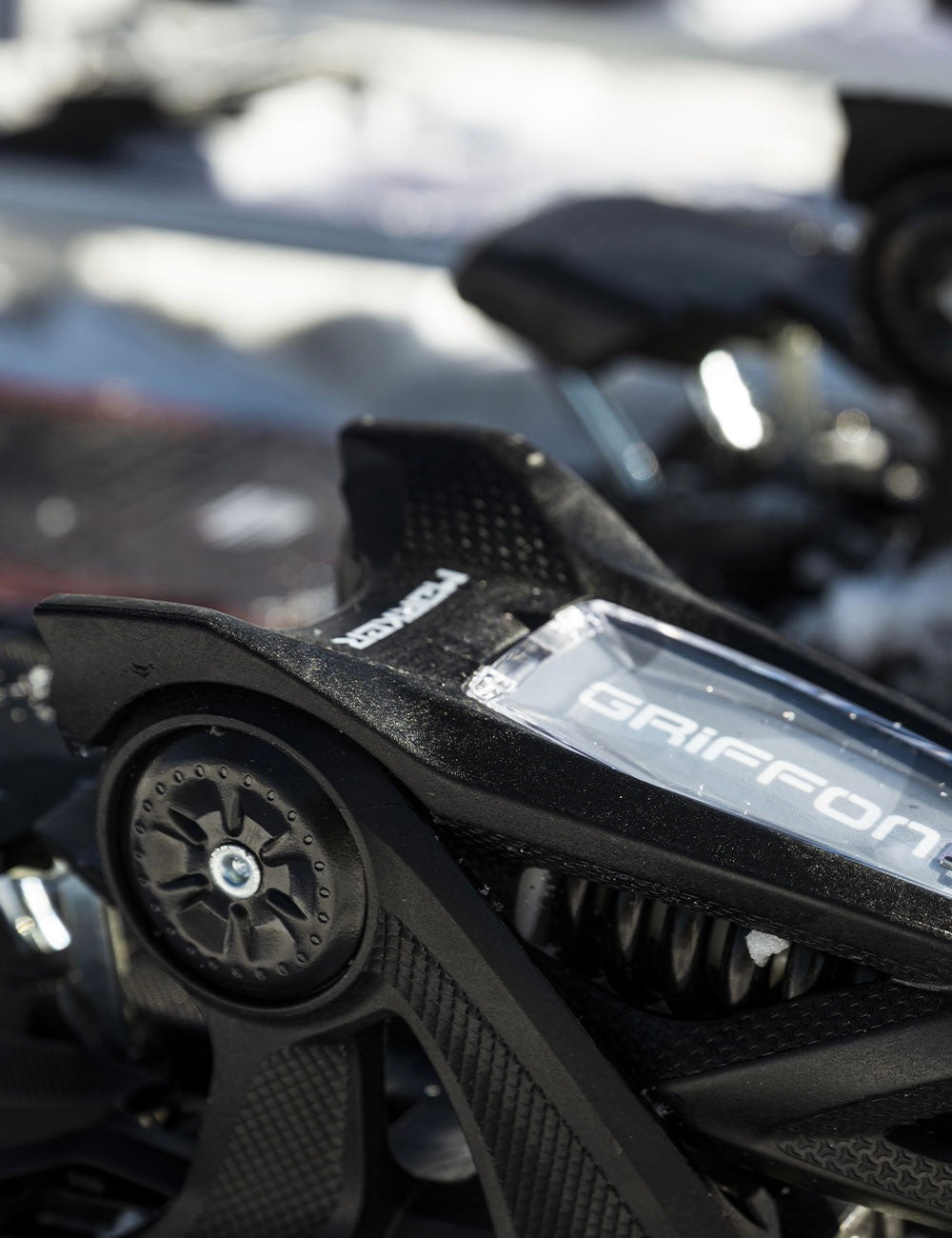
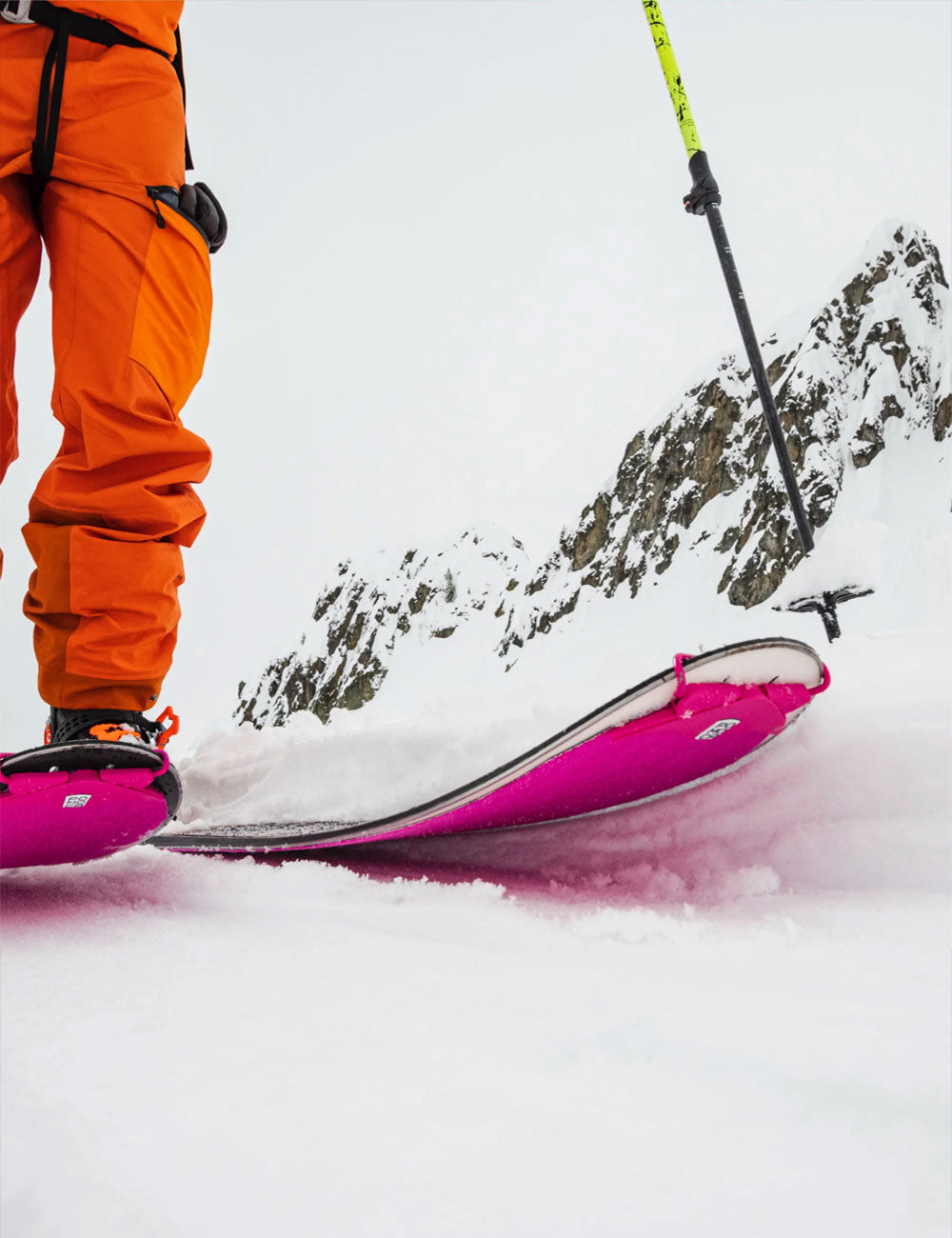
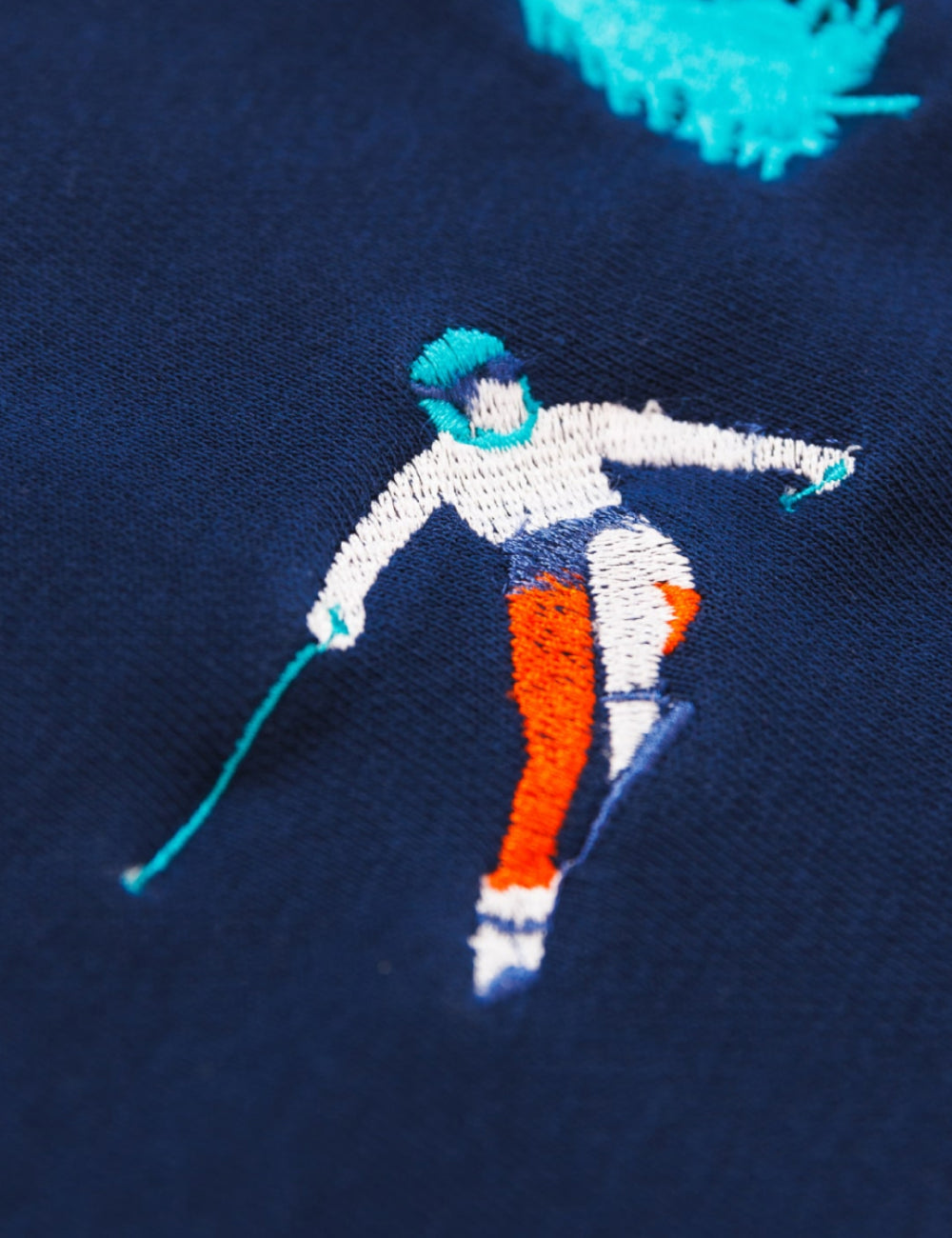
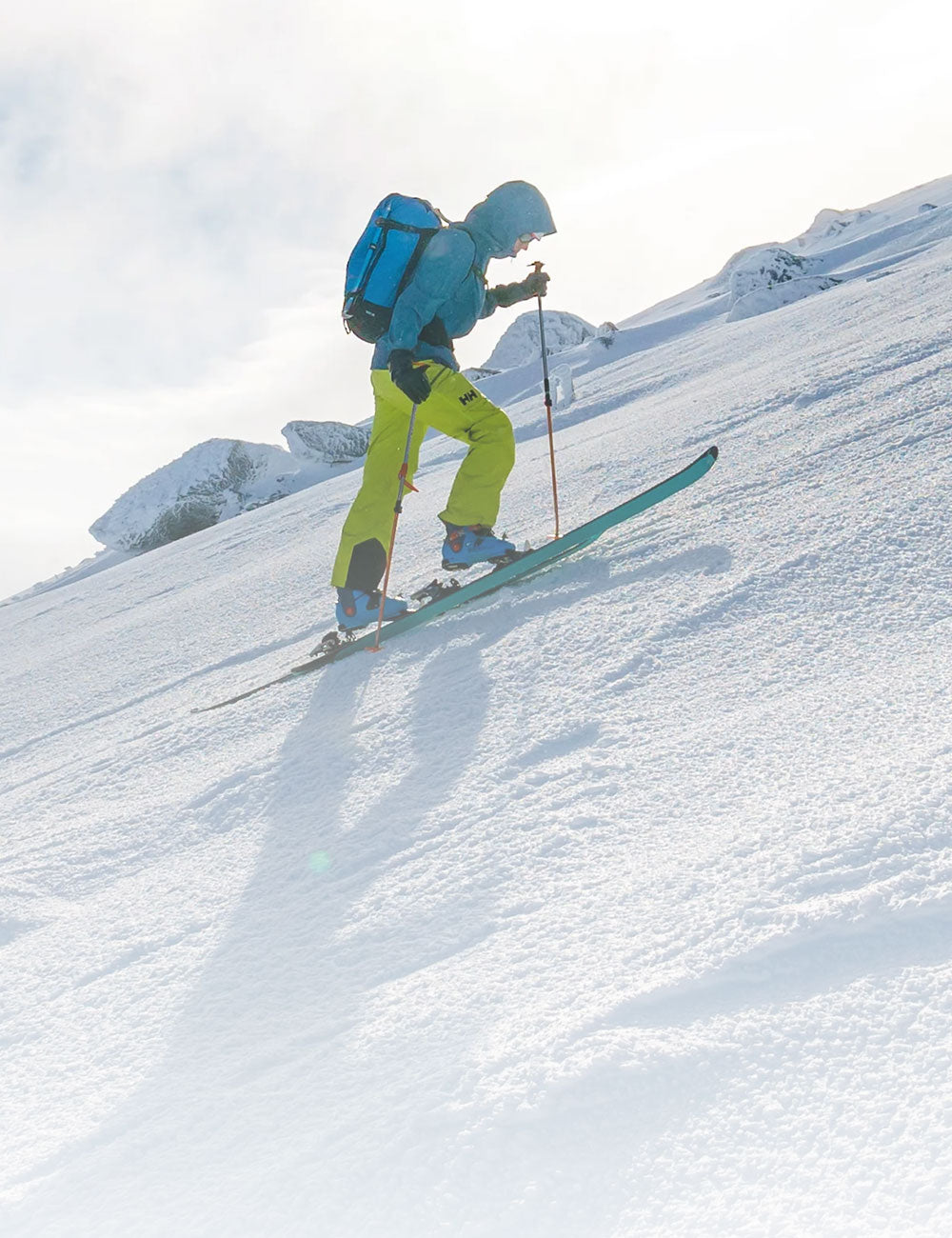
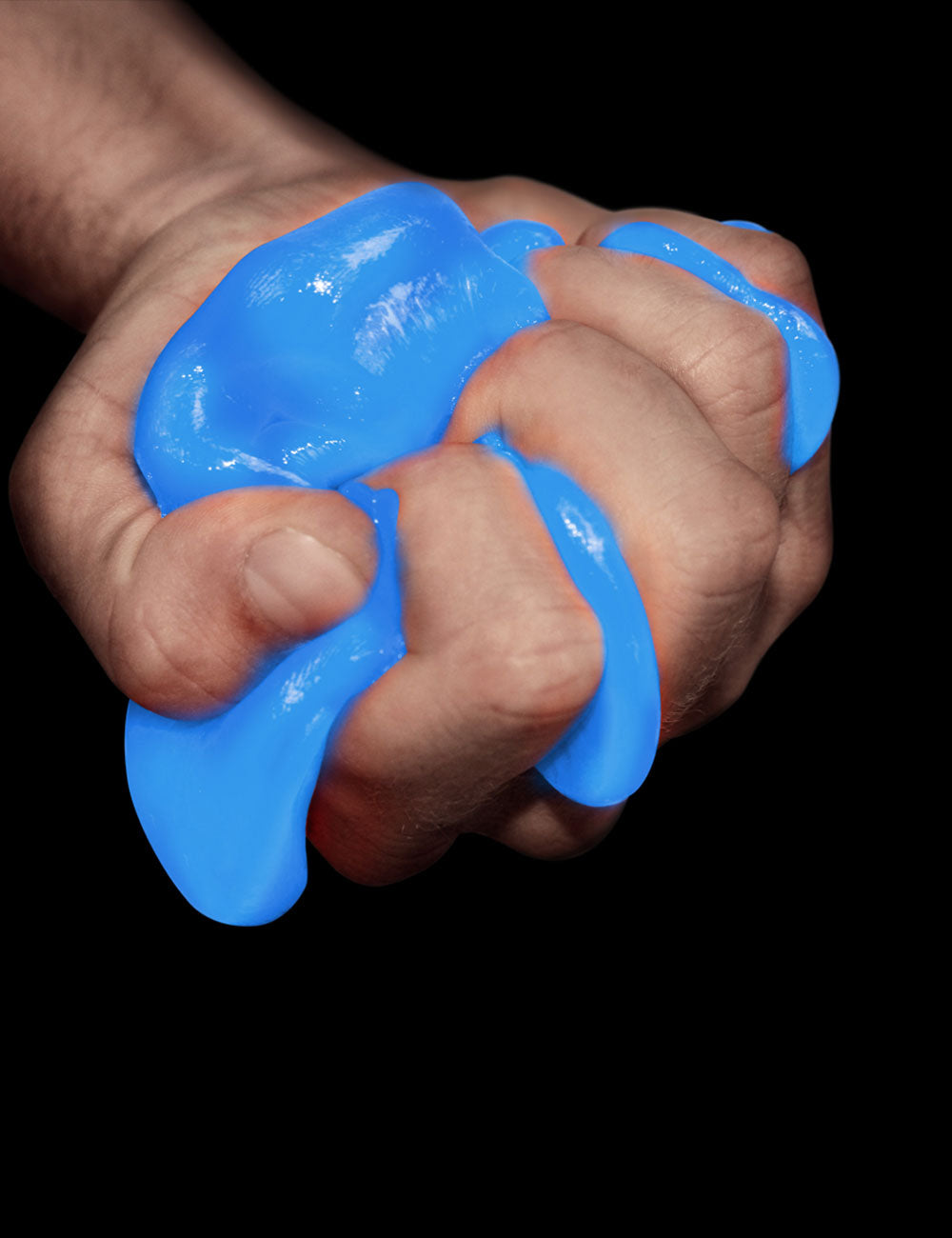
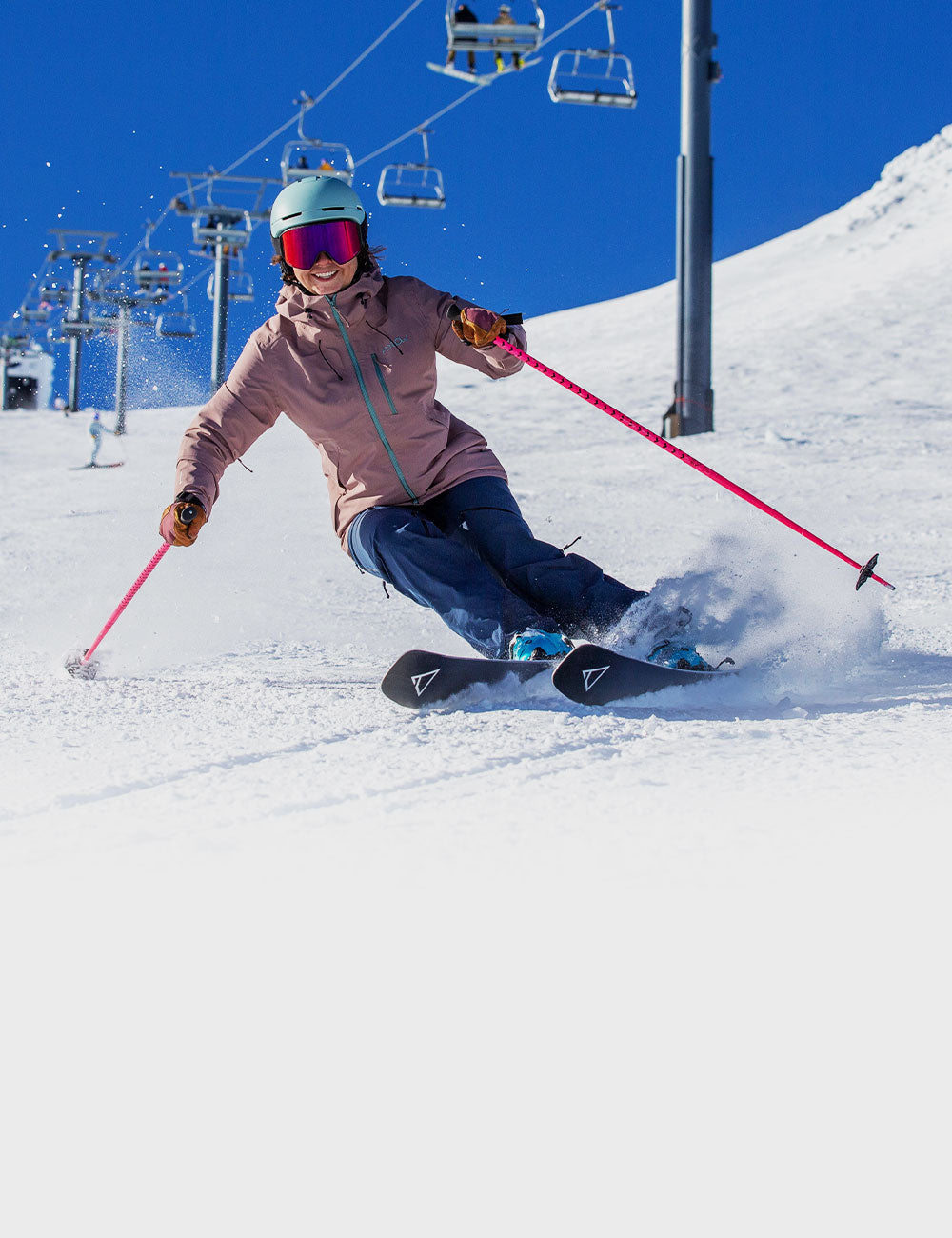
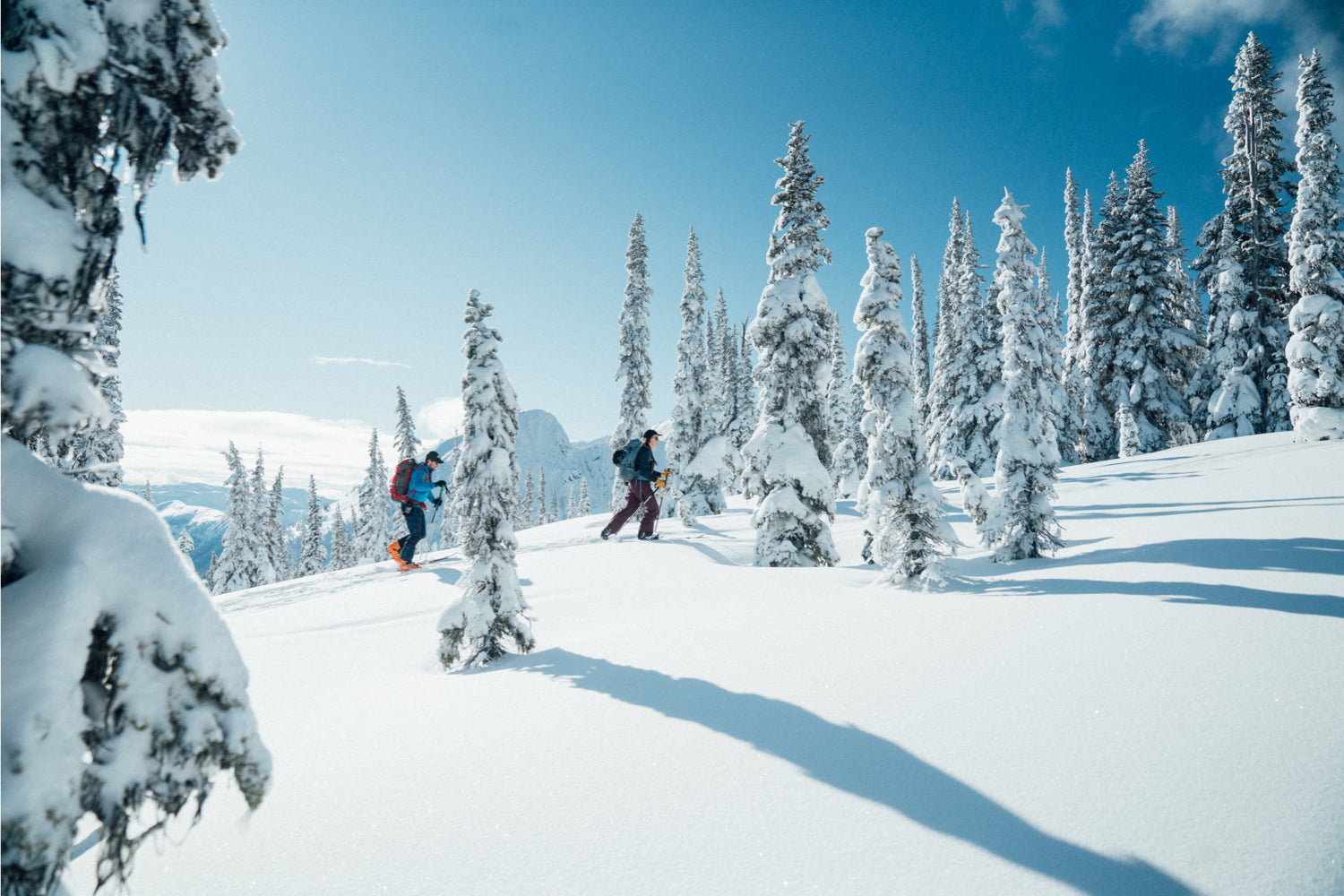


Leave a comment
This site is protected by hCaptcha and the hCaptcha Privacy Policy and Terms of Service apply.